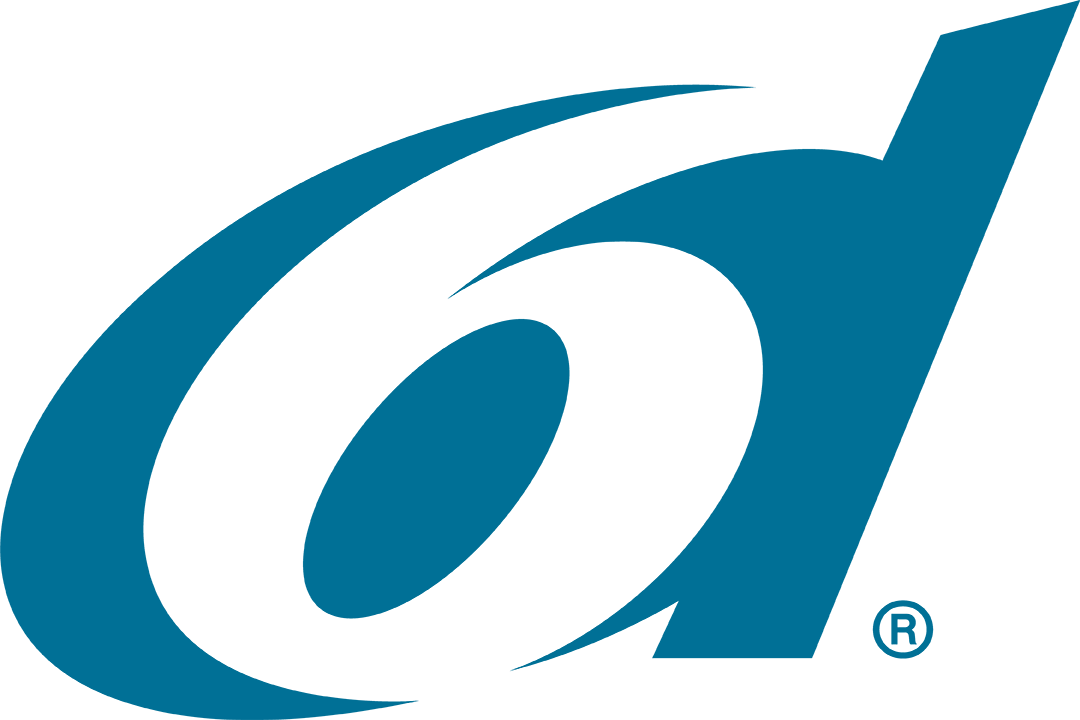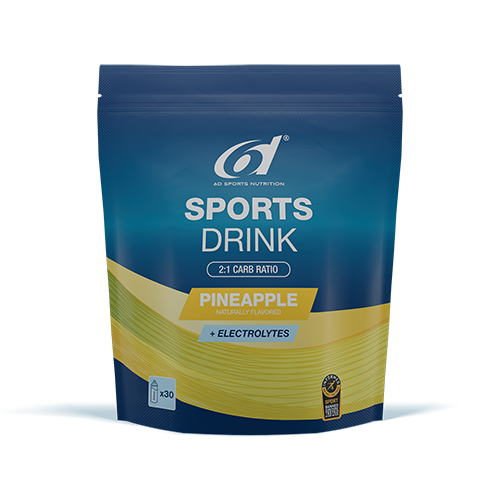
|
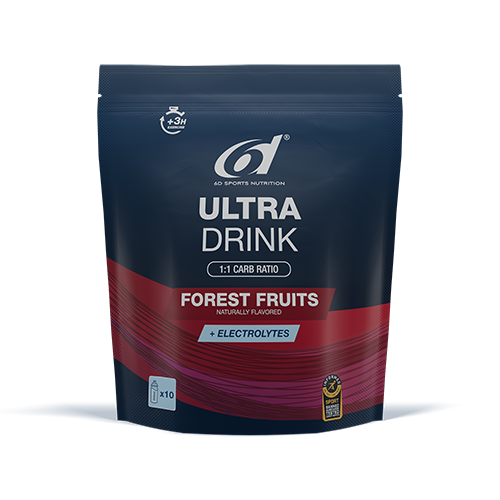
|
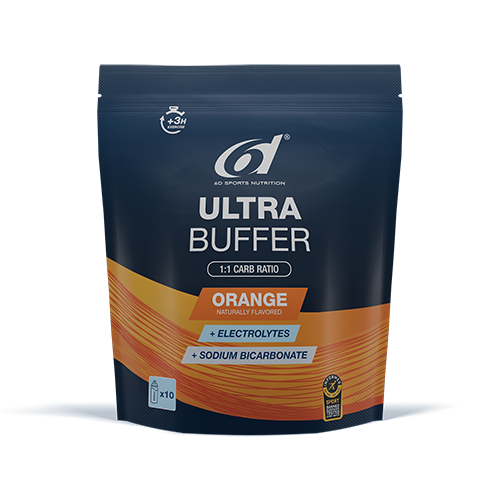
|
|
|---|---|---|---|
| Units | 1 Sports Unit | 2 Ultra Units | 2 Ultra Units |
| Carbohydrates | 30g | 2:1 ratio | 90g | 1:1 ratio | 90g | 1:1 ratio |
| Extra buffering effect | No | No | Yes, due to 5g sodium bicarbonate |
| Electrolytes | 400mg sodium + Potassium, Calcium, Magnesium |
400mg sodium + Potassium, Calcium, Magnesium |
1400mg sodium + Potassium, Calcium, Magnesium |
| Acidity | Neutral pH (non-acidic) | Neutral pH (non-acidic) | Alkaline pH (non-acidic) |
| Best used during | Efforts from 1 hour onwards, especially in hot and humid weather | Efforts from 3 hours onwards, especially in cold weather | Efforts from 3 hours onwards, with an explosive finish |
| Also suitable as | Sports drink 30–60 minutes before intense effort | Carb-loader before intensive endurance exercise | Sports drink for salty sweaters during endurance in the heat |
When do you drink which sports drink?
Which sports drink is best for you depends on several factors. Is your main goal hydration or carbohydrate intake? Are you consuming the drink before, during or after exercise? Is the weather more likely to be hot or cold? Our Sports and Ultra series offer the right solution for every challenge.
Effective hydration and energy delivery with the 6d Sports Drink
The 6d Sports Drink is scientifically formulated to simultaneously replenish fluids and energy as quickly as possible. This isotonic sports drink, contains essential electrolytes for optimal hydration and provides 30g of carbohydrates (= 1 Sports Unit) in a 2:1 glucose-fructose ratio for rapid absorption without gastrointestinal issues. The ideal choice for athletes who want to maintain both fluid and energy levels during heavy physical efforts.
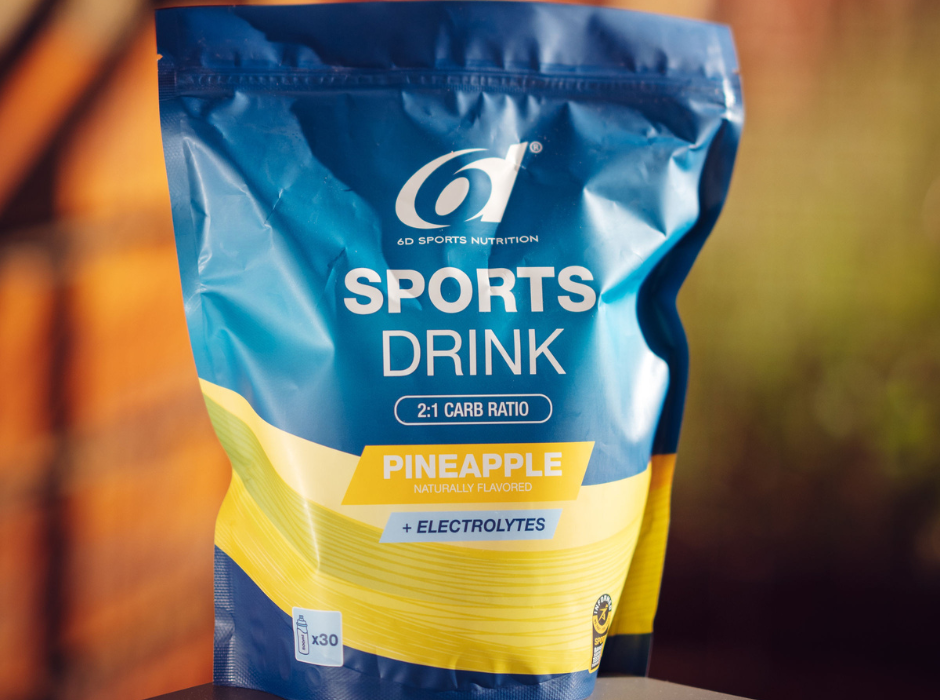

Maximum energy delivery with the 6d Ultra Drink
The 6d Ultra Drink contains the same essential electrolytes as the 6d Sports Drink, but provides 90g of carbohydrates (= 2 Ultra Units) in a 1:1 glucose-fructose ratio for maximum carbohydrate absorption without gastrointestinal issues. Specially designed for ultra endurance athletes, this hypertonic sports drink makes it easy to achieve a carbohydrate intake of 90-120 g per hour during efforts of more than 3 hours. This high-carbohydrate drink is also a good choice when energy supply is more important than hydration, for example during efforts in cold conditions or as a “carbo-loader” for heavy endurance efforts.
More energy and less acidosis thanks to Ultra Buffer
The 6d Ultra Buffer is identical to the 6d Ultra Drink, but with one key difference: 5g of sodium bicarbonate has been added. While the Ultra Drink primarily focuses on delivering a high dose of carbohydrates, the Ultra Buffer combines this energy delivery with an additional buffering effect. This effect is especially valuable in preparation for a decisive final phase of an endurance event. Due to the higher sodium content (1400mg vs. 400mg), resulting from the added sodium bicarbonate, the maximum intake is limited to 500 ml per hour. Always follow up with a few sips of water to ensure smooth digestion.
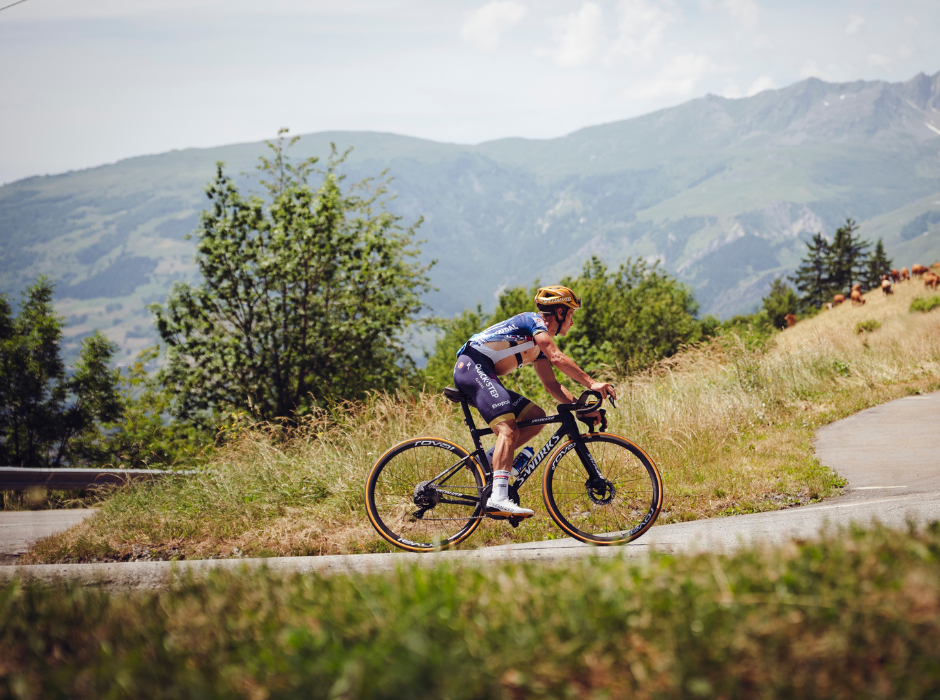

What’s the difference in taste and ease of use?
Taste is a crucial factor in choosing a sports drink. Beginners often go for a stronger, sour taste, while experienced athletes and endurance athletes usually prefer a milder, pH-neutral sports drink, especially when they have a sensitive stomach or teeth. Therefore, 6d only offers sports drinks with a mild flavor. While the 6d Ultra Drink is sweeter than the 6d Sports Drink and 6d Hydro/ORS, due to its high carbohydrate content, all drinks are carefully formulated for an optimal taste experience.
Thanks to an included measuring spoon or portion dose, accurate dosing is very easy, even on the go. Cheap or homemade sports drinks, such as diluted fruit juice with salt or sugar water, often lack this optimal balance between taste and convenience.
Maximum hydration with the 6d Hydro/ORS
The 6d hydro ORS is a low-carbohydrate sports drink with essential electrolytes that are absorbed fastest by the body. This hypotonic drink is the best choice when rapid hydration is more important than replenishing energy stores. A single dose (1 sachet/500ml) helps maintain fluid balance during the day and during shorter efforts. A double dose (2 sachets/500ml) works like a powerful Oral Rehydration Solution (ORS), providing optimal rehydration after long efforts in a hot, humid environment, but can also be used beforehand to build up an extra fluid reserve.
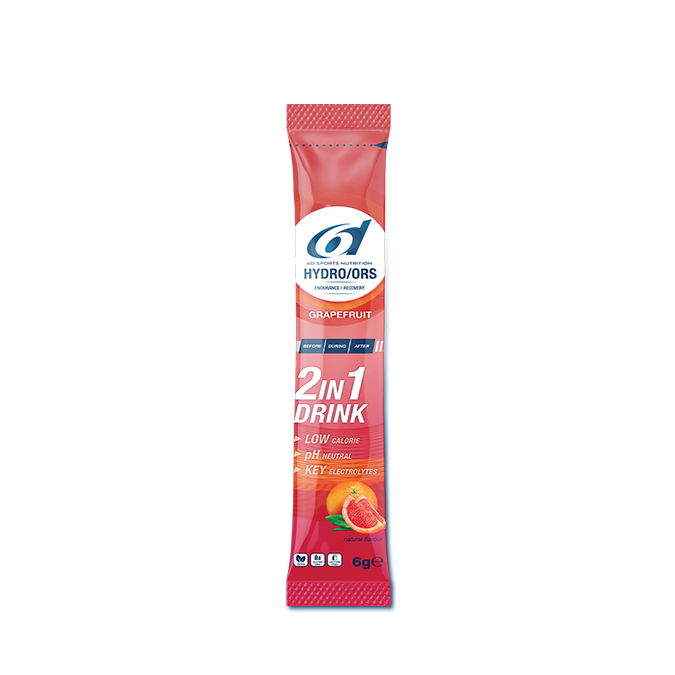
|
VS |
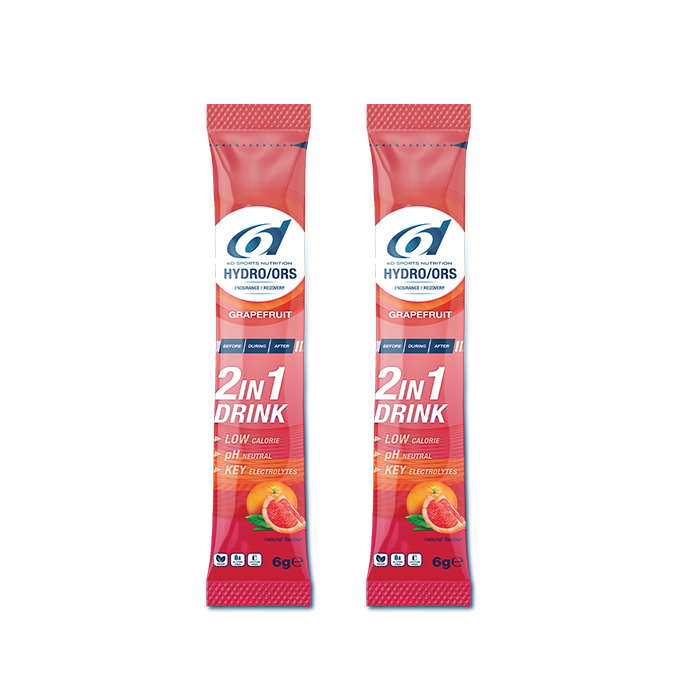
|
| 450mg sodium + Potassium, Calcium, Magnesium |
Electrolytes | 900mg sodium + Potassium, Calcium, Magnesium |
| <20 kcal (low calorie) | Calories | <40 kcal (low calorie) |
| <4g (low) | Carbohydrates | <8g (low) |
| Neutral pH (not acidic) | Acidity | Neutral pH (not acidic) |
| To maintain fluid balance around exercise | Best to use | To quickly replenish extreme sweat loss or build up a fluid reserve |
| As a sports drink during shorter efforts or fasted training | Also suitable as | An additional sports drink during endurance efforts in hot and humid weather |

How can you combine sports drinks with other sports nutrition?
If your exercise lasts several hours, take extra energy in the form of energy bars and/or gels in addition to your sports drink to prevent hitting the wall. Wondering how to combine sports drinks with other 6d products in function of your sport? Take a look at our Sports Series or Ultra Series page.
